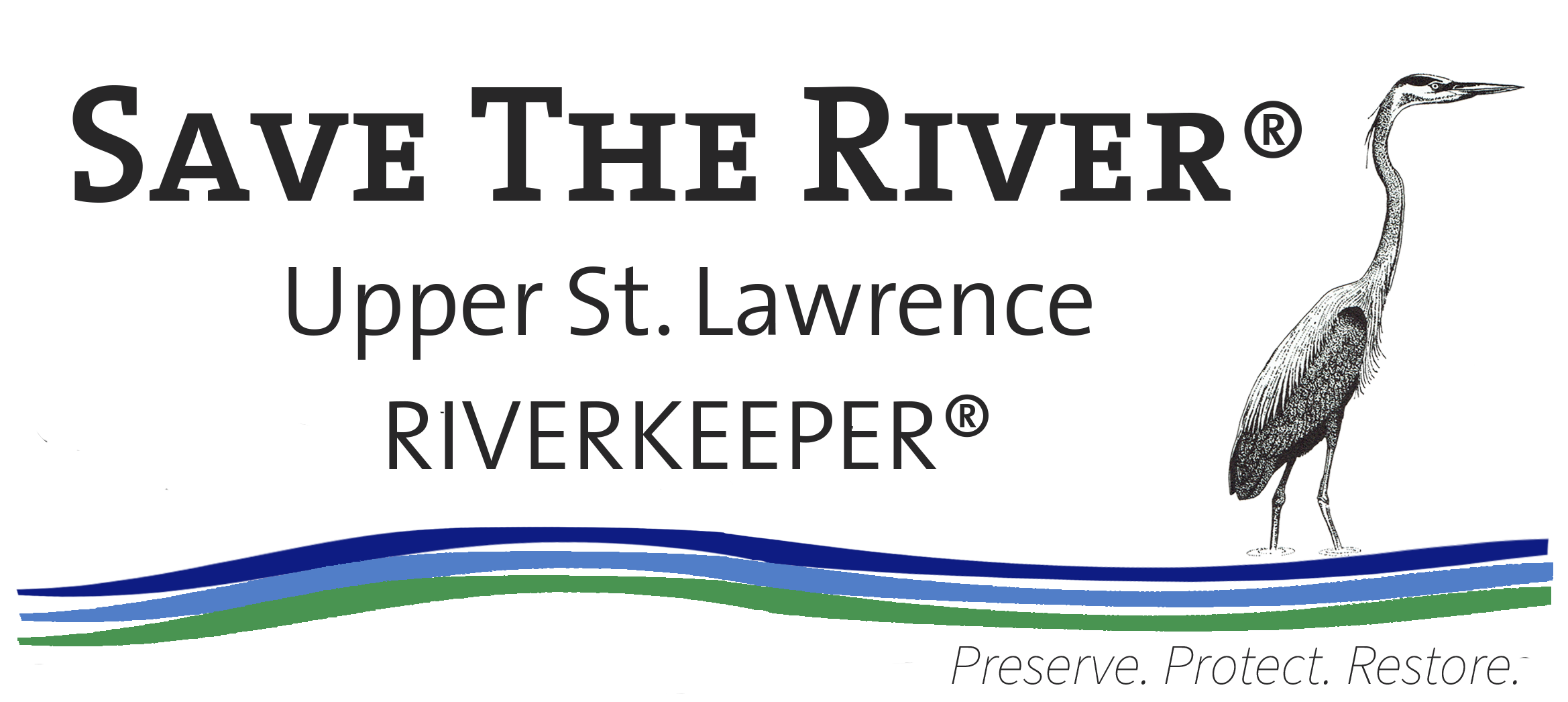Aerobic: Any chemical process requiring high amounts of oxygen (ex.: composting toilets and aerobic tanks).
Anaerobic: In the absence of oxygen (ex. septic).
Bedrock: Solid rock exposed or close to the surface of the ground
Biochemical Oxygen Demand (BOD): Amount of oxygen microorganisms removed from water during decomposition of organic matter
Blackwater: Wastewater containing only toilet wastes
Carbon Dioxide (CO2): A gaseous end product of the aerobic process
Compost: Organic material that is the end product of complete decomposition of animal and vegetable waste by microorganisms
Composting: The process of turning wastes into compost
Decomposition: To break down wastes into compost
Distribution Box: Separates effluent into separate trenches or leach fields
Dosing: Periodic discharge of effluent to a distribution system
Effluent: Here “effluent” is regularly used to refer to the outflow from sewage treatment devices such as septic or aerobic tanks
Flush Toilet: A device that uses water and gravity to remove human waste
Greywater: Water containing household wastes from tubs, sinks, washing machines, etc. (everything except blackwater).
Groundwater: Water contained in the ground below the water table
Humus: See COMPOST
Hydrogen Sulfide (H2S): A gaseous by-produce of anaerobic processes; it smells like rotten eggs
Impervious: Any material which will not allow water to pass through (impermeable)
Methane (CH4): A gaseous combustible by-product of anaerobic processes
Microorganism: Here it is used to describe microscopic organisms (either plant or animal) present in the air, soil or water, which help break down wastes. Some microorganisms do this by consuming oxygen and are therefore part of an aerobic decomposition process; others use no oxygen and are therefore part of anaerobic waste breakdown
New York State Department of Environmental Conservation: The agency responsible for water pollution control laws in New York State. There is an office in the Dulles Sstate Office Building, Watertown
New York State Department of Health: The agency responsible for enforcement of public health law in New York State. There is an office in the Dulles State Office Building, Watertown
Pathogenic: Disease Causing organisms such as certain viruses and bacteria
Percolation: Movement of liquid downward through a porous medium such as soil, gravel or sand
Reverse Osmosis: Concentration of a contaminant on one side of a membrane, holding clean water on the other. This process requires use of a mechanical devise
Scum: Matter suspended in liquid which is less dense than that liquid and which therefore floats to the surface
Sewage: Human wastes discharged from the home. Greywater is also considered sewage under the law
Sludge: Matter which is denser than the liquid containing it and which sinks below the liquid
SPDES: State Pollution Discharge Elimination System permit, required to discharge to surface waters
Surface Water Discharge: Discharge into lakes, streams, rivers, ponds or wetlands
In collaboration with:
Eric E. Murdock, P.E.

